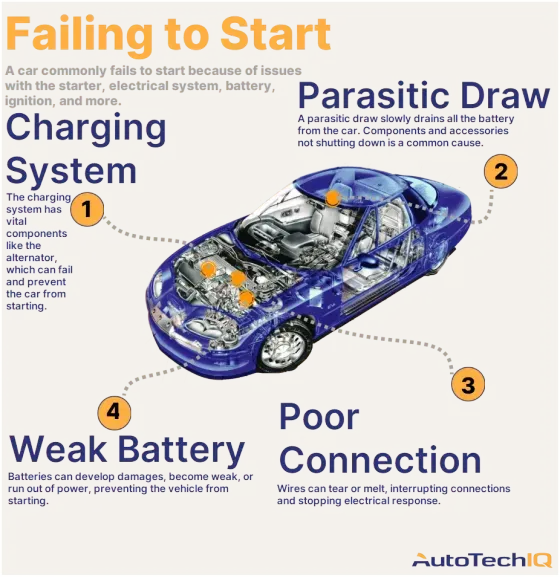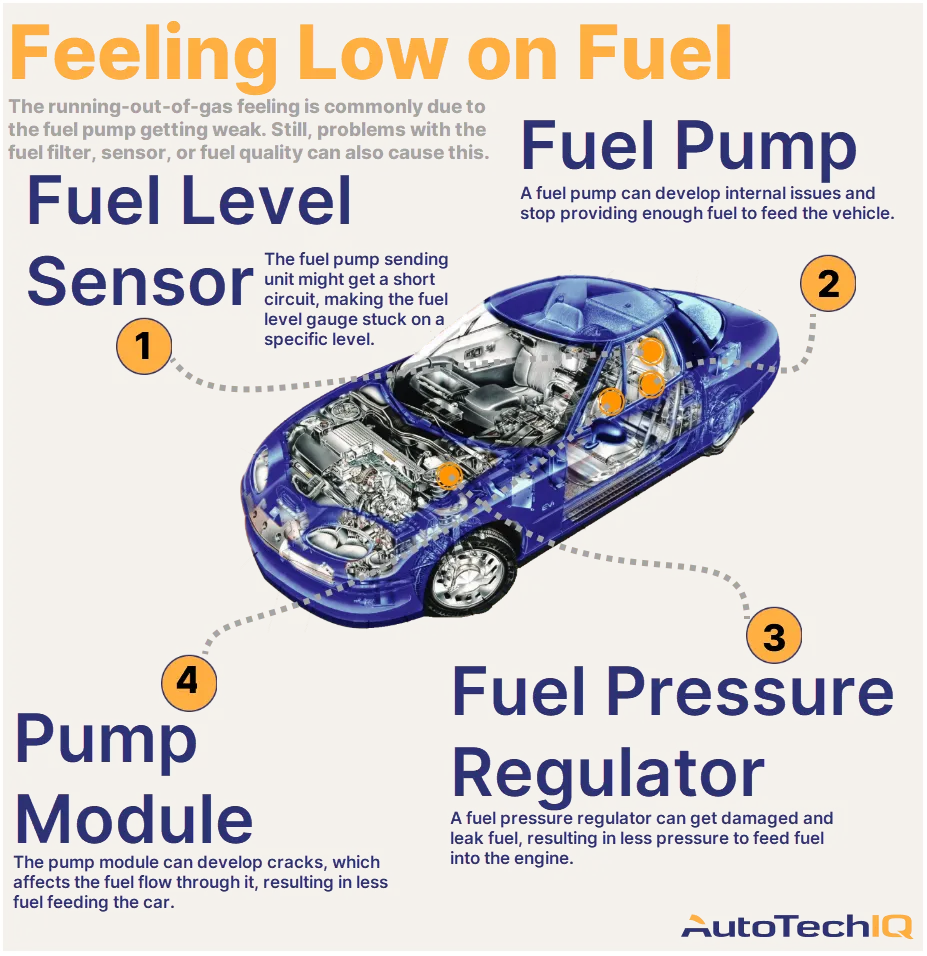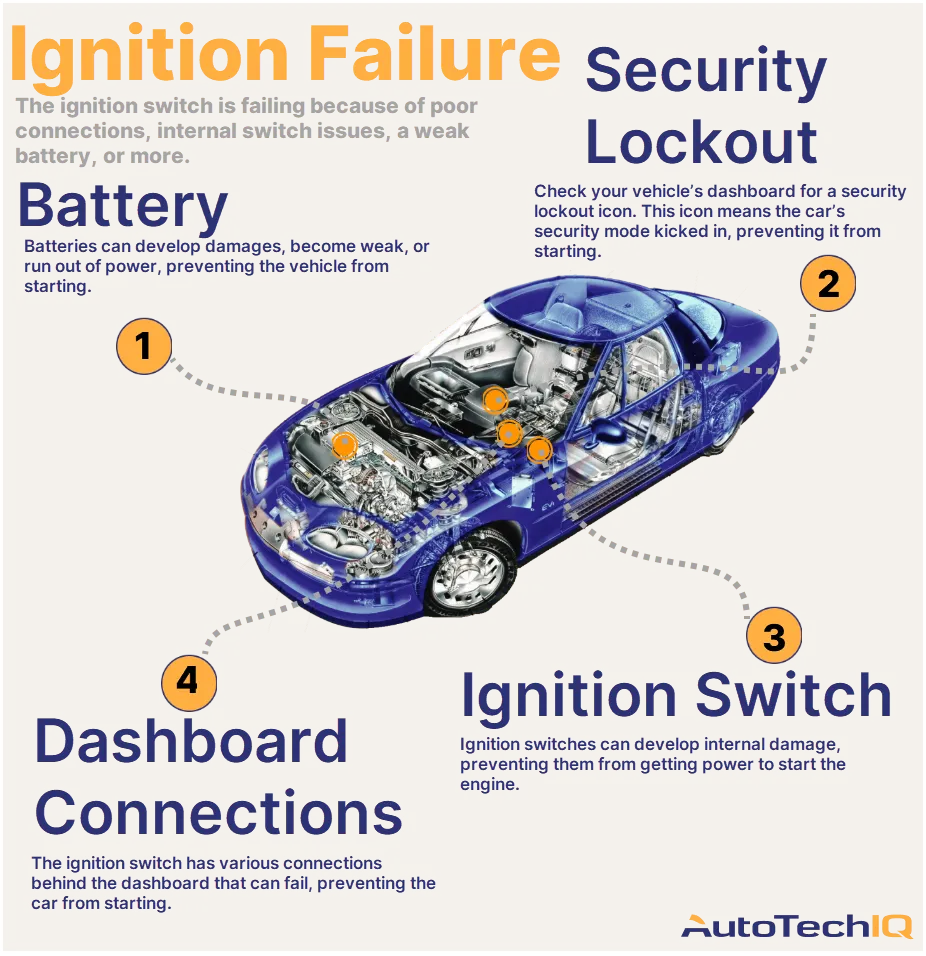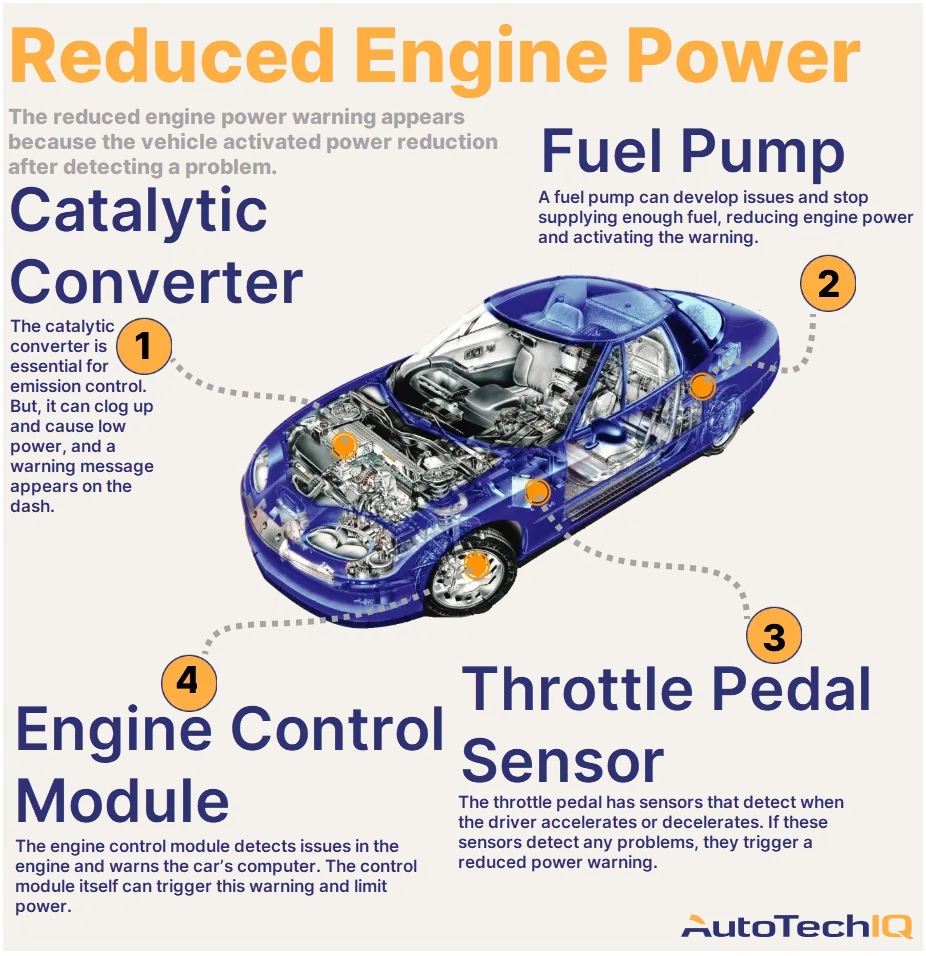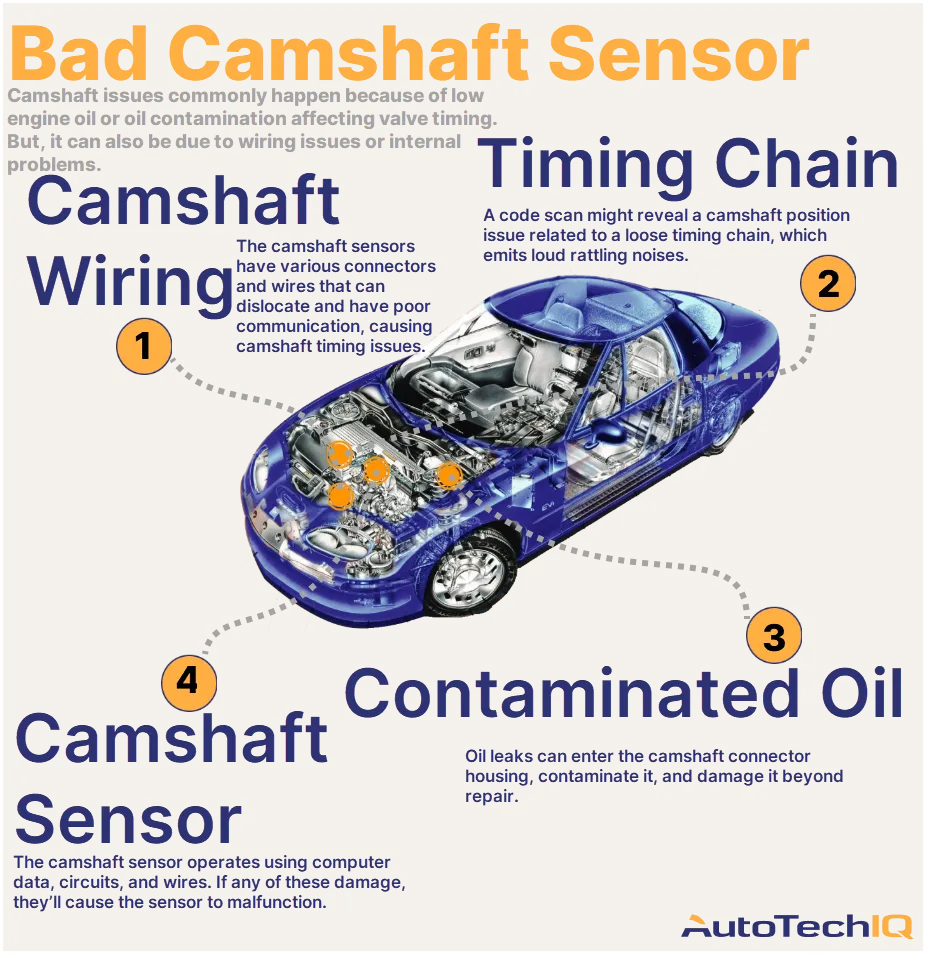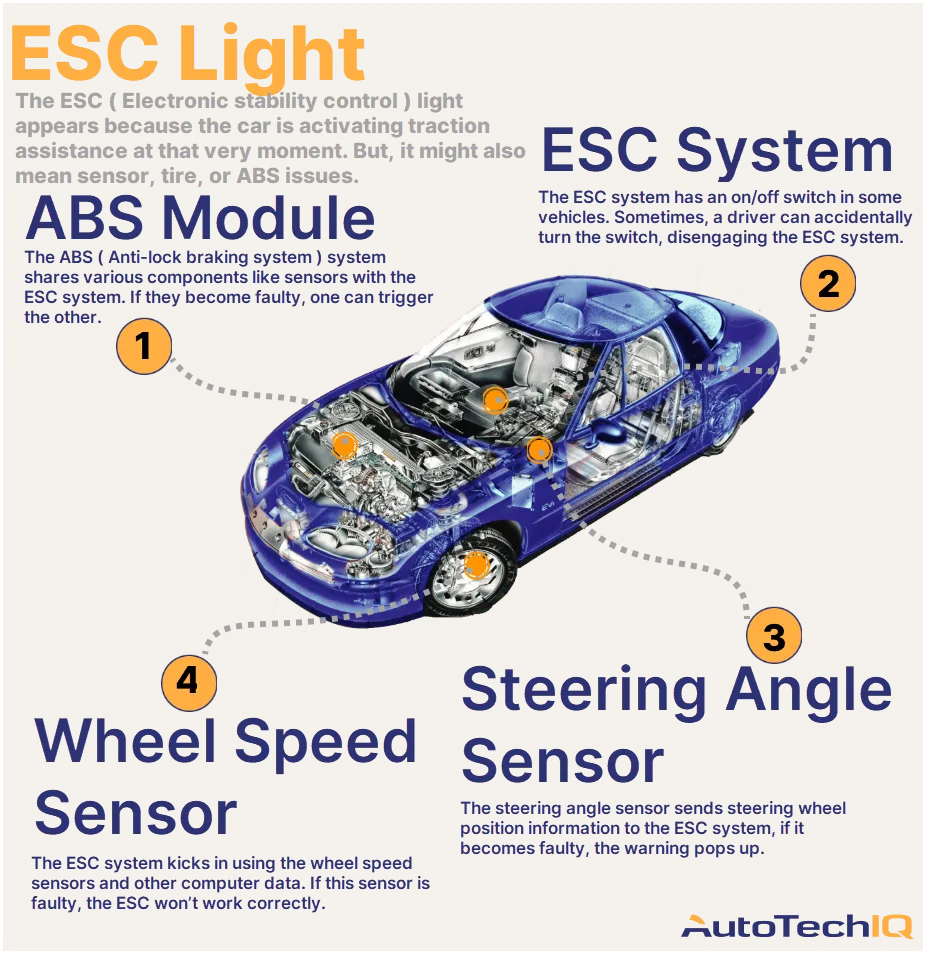Transparency example in a weak battery service
A charging system inspection is the most transparent process to understand why your vehicle’s battery is faulty. This is because many components surrounding the battery and charging system components like the alternator and serpentine belt can have a say in the issue, indicating the real culprits that caused it all.
Let’s read an example of how this kind of inspection helps to service a weak battery.
A customer had to tow their vehicle into the shop. Their concern was that when they tried to start the car, they pushed the start button, and the battery dashboard light popped up and dimmed. They also heard a rapid clicking noise.
The technician tried to start the vehicle during the test drive but only heard a rapid clicking noise. The technician jump-started the car to drive it. No other related issues to the customer's concern were found in this first test.
During the vehicle health inspection, the battery failed the load test and needed replacement. After replacing the battery, they tested the charging system, which worked fine.
The customer approved additional tests to ensure no other components were damaged from the low battery voltage. The technician recommended the customer replace the car battery quickly to avoid further issues when starting the vehicle. In this case, the car didn't suffer further damage.

In this case, the mechanic put the “Immediate Action” tag on the battery.
